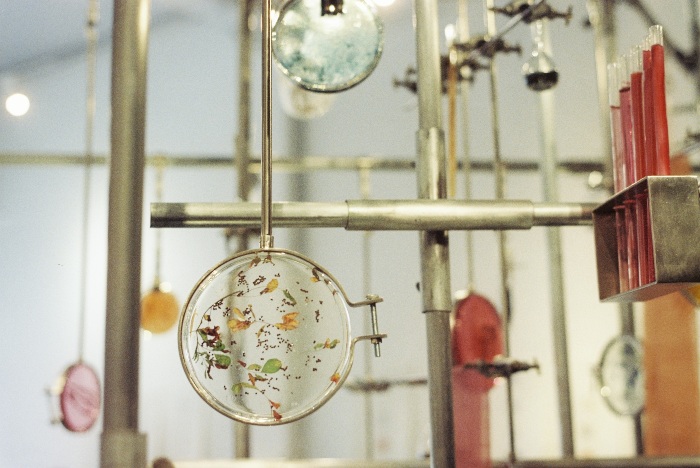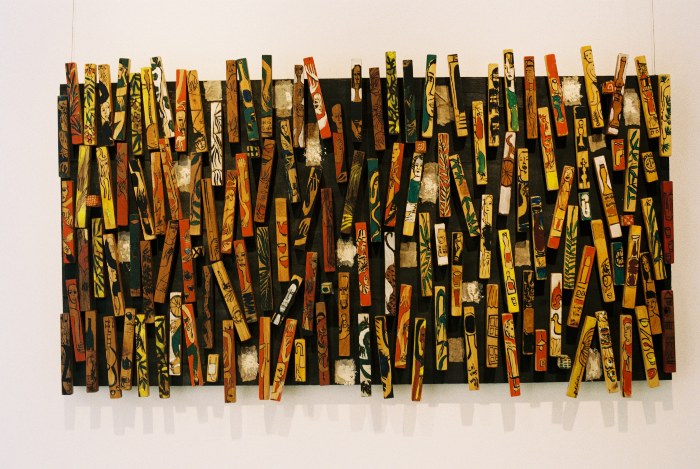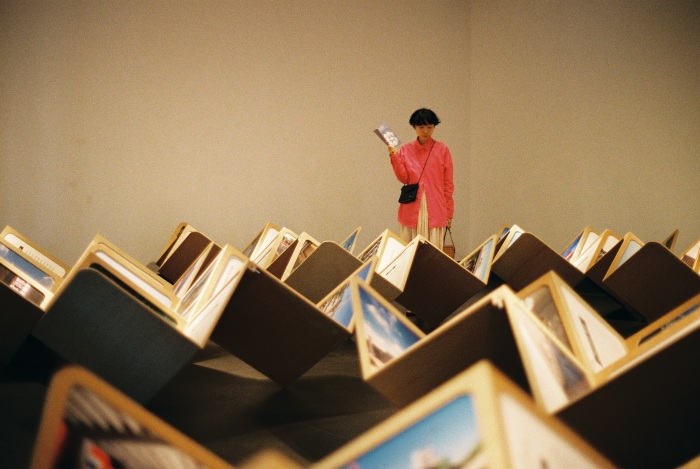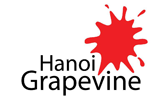Digitizing Art and Culture in Hanoi: The Opportunities Are Threefold
Written by Dr. Emma Duester, RMIT University Vietnam for Hanoi Grapevine
Kindly credit Hanoi Grapevine when sharing the article
Please do not copy or repost without permission
Dr. Emma Duester and Michal Teague from RMIT University Vietnam are carrying out important research on how culture professionals in Hanoi are harnessing digital technology to develop the creative industries. They have interviewed 10 people from art and culture institutions (with the aim to interview 30 overall), and explored two creative hubs in particular, Matca Space of Photography and the Vietnamese Women’s Museum, in order to examine how these two institutions are digitizing their collections as well as the challenges they are facing in this process.

“The arts and culture sector is only just starting to digitize its art and cultural collections. This is an important shift because it will allow Vietnamese cultural professionals the ability to choose how to curate their digital collections. Subsequently, this digital shift will enable cultural professionals to take control of the contemporary narrative on Vietnamese art and culture.”, Dr. Emma told Hanoi Grapevine.
“What we have found so far can be divided into the challenges and opportunities of digitization for these art spaces and cultural organizations in Hanoi. Overall, the cultural and creative industries have been impacted by digitization, in terms of work practices, engagement with their audiences, and how these spaces/organizations preserve and display art and culture. It is important to discuss the challenges Vietnam is facing in its digitization process, as this is distinct from other Asian countries as well as from Western countries. These challenges include the lack of human resources in terms of time and capacity, lack of capital investment, and lack of technical equipment like 3D scanners in order to properly digitize cultural objects.

The collections of many arts and cultural institutions in Hanoi are not publicly displayed on a digital platform because the means for digitization onto apps or digital platforms has yet to be utilized effectively. This is due to a lack of human resources and capacity to maintain social media accounts and a lack of capital to invest in technologies to digitize collections. Other current challenges are the lack of a sustainable investment source; subsequently, digital technology has not been harnessed effectively enough for regional/international communication and digital technologies need to be exploited more effectively for accessible display of collections. These issues are hindering the ability of the art and culture sector to create international connections and to engage with a wider audience in Vietnam and benefit from increasing interest from international tourists.
However, the opportunities of digitizing art and cultural collections for Hanoi is threefold. Firstly, the digitization of content means that more people can access and view art and cultural collections, both relating to traditional culture and contemporary culture. This is in effect at the local and international levels. Secondly, cultural professionals can shape their own narrative on what contemporary or traditional Vietnamese culture is. Thirdly, using digital platforms has enabled more international connections and the ability to raise awareness internationally on, for instance, Vietnamese photography and Vietnamese women.

Together, the findings show how digital platforms allow Vietnamese cultural professionals an agency to curate a more expansive contemporary image of Vietnamese culture.This allows a way of preserving contemporary culture rather than being only about preserving traditional heritage culture, or if it is heritage-focused, then it is digitized and digitally displayed in a contemporary format and with contemporary curation to communicate and promote contemporary art culture.”
“The digitization of creative cultural content in Vietnam can provide an opportunity to ‘digitally export’ their culture across the globe. This format of cultural export is both cheaper and immediate. More importantly, it provides them with the agency to create the contemporary image of Vietnam that they wish to convey/show to the rest of the world.”, Dr. Emma concluded.














